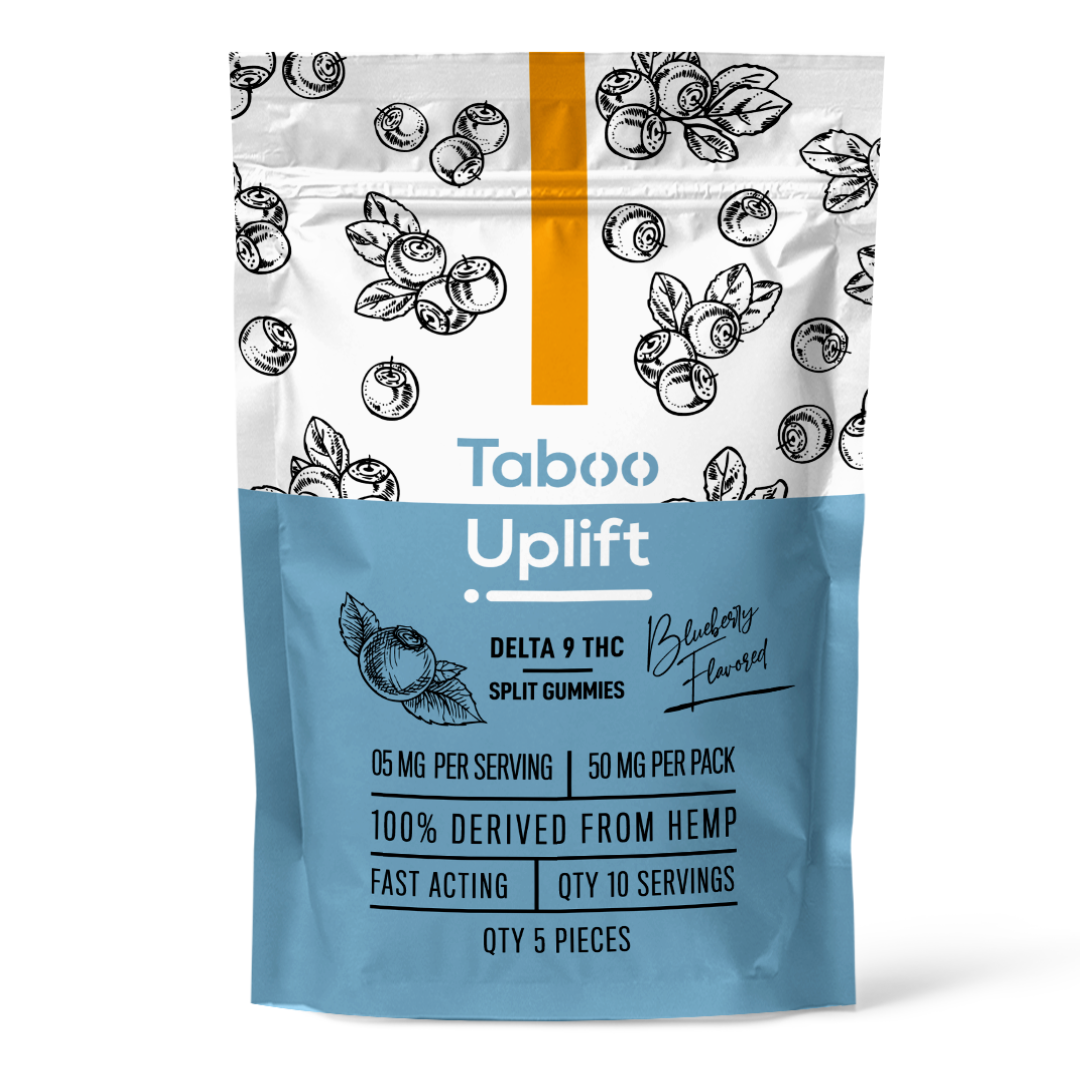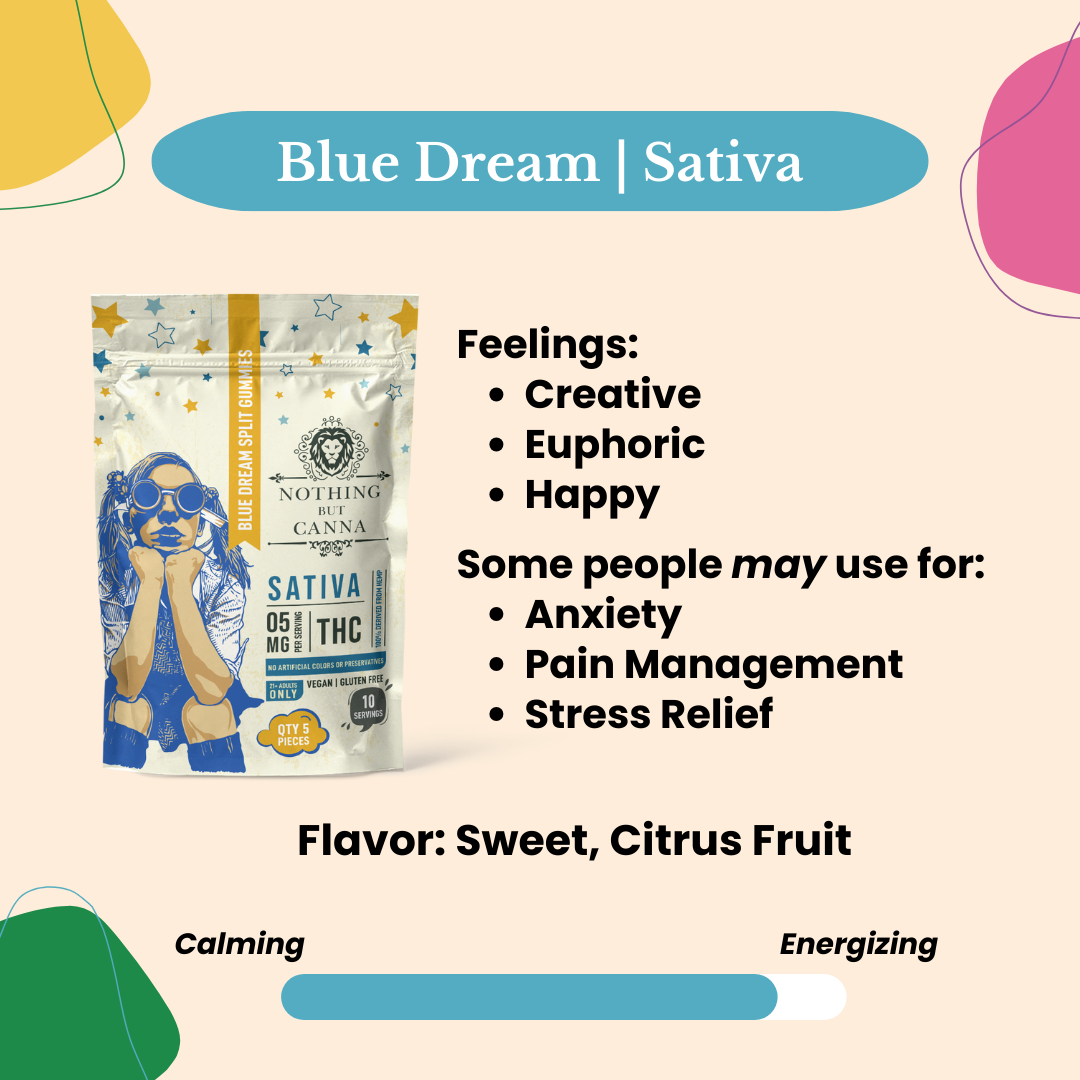
Your future home may hold warm and cool air better than the standard home of today, with a fraction of the environmental impact — all thanks to hemp.
Hemp fiber is emerging as a star in earth-friendly construction, with the Department of Energy now backing research into hemp-fiber insulation. The grant program, called the Innovation Crossroads fellowship, is designed to boost clean energy startups.
This particular startup — Hempitecture, Inc. — aims to do more than minimize the amount of energy it takes to heat or cool a home. It hopes to show that hemp-based building materials could vastly reduce the amount of energy needed to produce insulation, while sequestering carbon in production and minimizing toxins in the final product. If all goes well, hemp-based insulation could even spur job growth.
Hemp-based building materials could vastly reduce the amount of energy needed to produce insulation, sequester carbon and minimize toxins in the final product.
That's what the Department of Energy's hoping for.
“In January, the Biden Administration directed the Department of Energy to spearhead the United States policy by driving innovation and deployment of clean energy technology and decarbonization to address climate change,” reports Jean Lotus for HempBuildMag. “Hemp — a carbon-sequestering, fast-growing plant — is now officially part of that campaign.”
The Innovation Crossroads fellowship is a partnership between the DOE and Tennessee Valley Authority, which offers resources and connections through the Oak Ridge National Laboratory and, ultimately, may help the chosen startups succeed.
Tommy Gibbons, chief operating officer of Hempitecture, was awarded the two-year Innovation Crossroads fellowship. He plans to direct his research toward understanding the carbon-sequestration potential if hemp building materials become popular in the $11.3 billion construction industry.
"The Department of Energy is interested in the decarbonization potential of insulation and other building materials made from hemp fibers,” Gibbons told HempBuildMag.
Hempitecture sells a hemp-batt insulation called HempWool, as well as other hemp building materials and workshops in hemp-based construction.
“But it was HempWool that came to the DOE’s attention,” writes Lotus, “because it is non-toxic, high-performing and carbon-negative to manufacture.”
HempWool vs. Mineral Wool and Fiberglass Insulation
How hemp-batt measures up against mineral wool and fiberglass insulation options, as reported by HempBuilderMag:
Mineral Wool and Fiberglass Insulation
- Made by heating basalt and other rock material up to 1600° C and spinning out long strands of molten fiber.
- Energy intensive to produce.
- Releases volatile organic compounds and other toxic gasses into the atmosphere.
- Responsible for more than 30 percent of the stratospheric ozone depletion in the “pre-construction phase” of single-family homes, according to the Environmental Protection Agency.
HempWool Insulation
- Non-toxic
- High-performing
- Carbon-negative to manufacture
- Grown with renewable plant material in 90 days.
- Carbon sink, sequestering about 5 metric tons of CO2 per acre through photosynthesis while growing.
Also testing for thermal conductivity, fire resistance
Through a second grand from the Idaho Global Entrepreneurial Mission, Hempitecture plans to test thermal conductivity and fire resistance of HempWool at the University of Idaho, Lotus reported.
Other companies also leveraging hemp as ‘star material’
Hempitecture is not the only company attracting attention with hemp building materials. This year, Architectural Digest called hemp a “star material,” in Coexist’s tiny home, which won the publication’s contest for best design.
The winning tiny home used hemp-batt insulation and hemp blocks. Either can be used as insulation for the structure’s floor, walls and ceiling. Hemp block can also be used on the exterior of the building with a plaster finish.
And in April the Environmental Protection Agency awarded Earth Merchant a $100,000 grant to develop bricks made of "hempcrete," an industrial hemp product.
So, could hemp insulate your future home?
Only time will tell. But from here the future is looking a little greener, indeed.






































